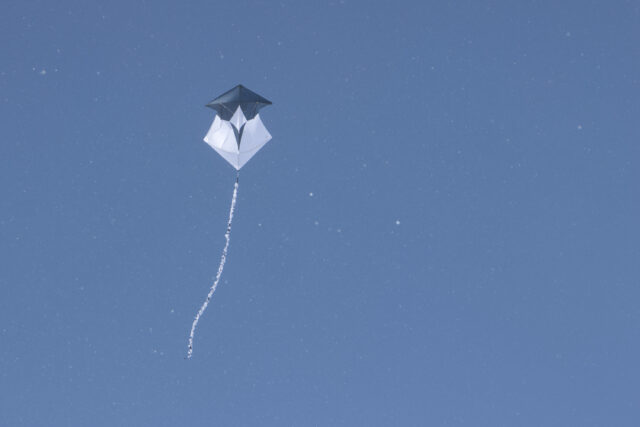Early Monday morning, my brother and I drove north from the Boston area to Maine for the total solar eclipse. Originally, we had planned to view the eclipse from New York, in the Adirondacks, but, a few days prior, the cloud forecast for Maine was looking much better.1 The goal in either case was to climb above the tree line for the eclipse, and with clouds in the forecast for New York, the Vermont peaks being closed for mud season, and the New Hampshire high peaks being too far south, that left Maine. We considered both Mt. Abraham and Mt. Bigelow, before deciding on Mt. Bigelow for its easier access and longer period of totality.
Leaving around 4 am, we encountered no traffic until shortly before reaching our destination, the Bigelow Preserve, where we were stuck in stop-and-go traffic for 15–20 minutes; the traffic was trying to turn into the access road for the Sugarloaf ski resort, which was backed up. Due to a lack of winter road maintenance on Stratton Brook Pond Road, we parked on ME-27, where the Appalachian Trail crosses it; as it was a busy day on the trail, the parking lot was full, and we parked on the side of the road. We started hiking shortly after 9 am carrying our snowshoes but quickly decided to put them on. There appeared to be at least a foot of snow on the ground, and the trail was a bit icy at this point, with a satisfying crunching noise while walking, although the snow became much softer as the day went on and temperatures rose well above freezing. When the Appalachian Trail started to climb the mountain, which was quite steep at times, the several layers we were wearing became much too warm, and we both stripped down to just a t-shirt for the remainder of the climb.
Continue reading →


